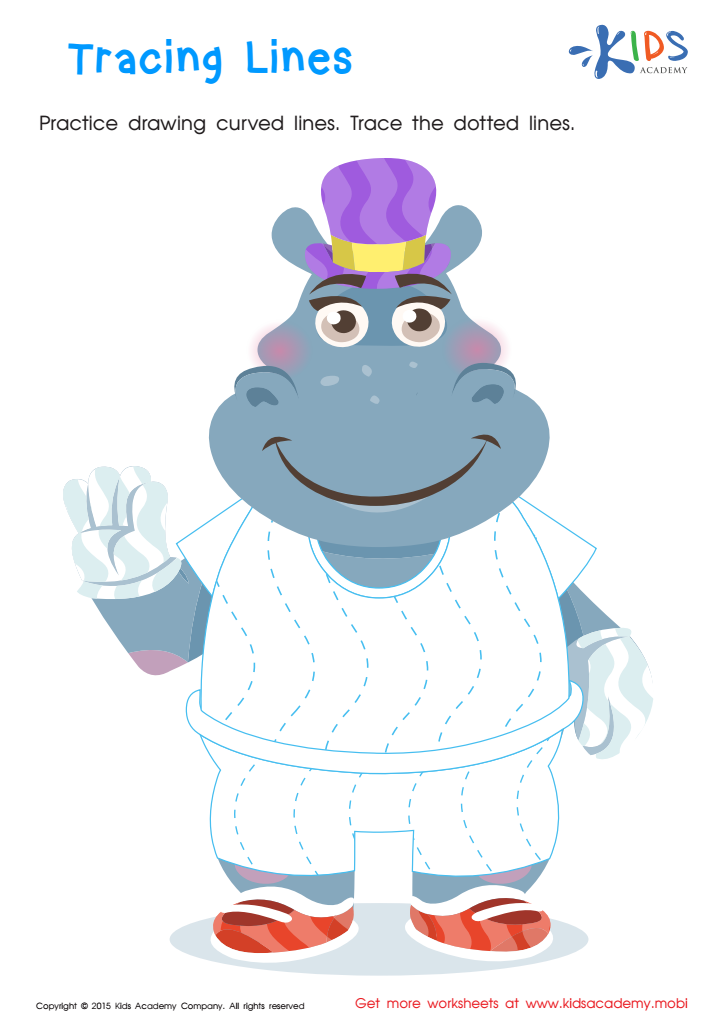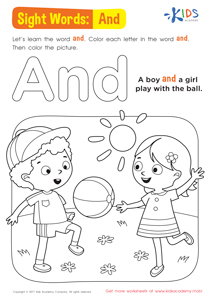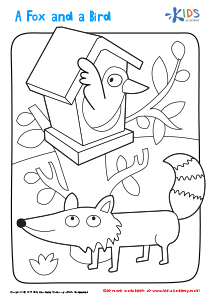Easy Tracing Lines and Curves worksheets activities for Ages 3-5
1 filtered results
-
From - To


Tracing Lines Worksheet
Easy Tracing Lines and Curves worksheets activities offer a multitude of benefits for early learners, making them a staple in both classrooms and homes. These activities are designed to be engaging and accessible, providing young children with a solid foundation in fine motor skills and pre-writing abilities. The simplicity and structured nature of Easy Tracing Lines and Curves worksheets make them particularly useful for children just starting their educational journey.
Firstly, these activities help in the development of fine motor skills. Handling a pencil or crayon to follow lines and curves requires control and coordination of small muscles in the hands and fingers. Over time, children gain strength and dexterity, which are crucial for a variety of daily tasks, including writing, typing, and even tying shoelaces.
Moreover, Easy Tracing Lines and Curves worksheets activities introduce children to the concept of following patterns and instructions. This is a foundational skill that transcends academic learning, as it fosters attention to detail, concentration, and the ability to follow through with tasks. Additionally, these activities can enhance cognitive skills, such as visual perception and spatial awareness, by requiring children to navigate through lines and shapes on a page.
Another significant benefit is the preparation for writing. Before children learn to form letters and numbers, they need to be comfortable with creating basic lines and shapes. Tracing activities lay the groundwork for this by familiarizing children with the movements and strokes that form the basis of most letters and numerals. This not only makes the transition to formal writing smoother but can also boost confidence and reduce frustration during early writing attempts.
Lastly, the simplicity of Easy Tracing Lines and Curves worksheets means they are easily adaptable to suit individual needs and preferences. They can be made more challenging or simplified, and can also incorporate themes and characters that interest the child, making learning not just educational but also fun.
In conclusion, Easy Tracing Lines and Curves worksheets activities are invaluable tools in early childhood education. They foster the development of crucial motor and cognitive skills, prepare children for writing, and do so in an enjoyable and engaging way, laying a strong foundation for future learning successes.
 Assign to the classroom
Assign to the classroom










